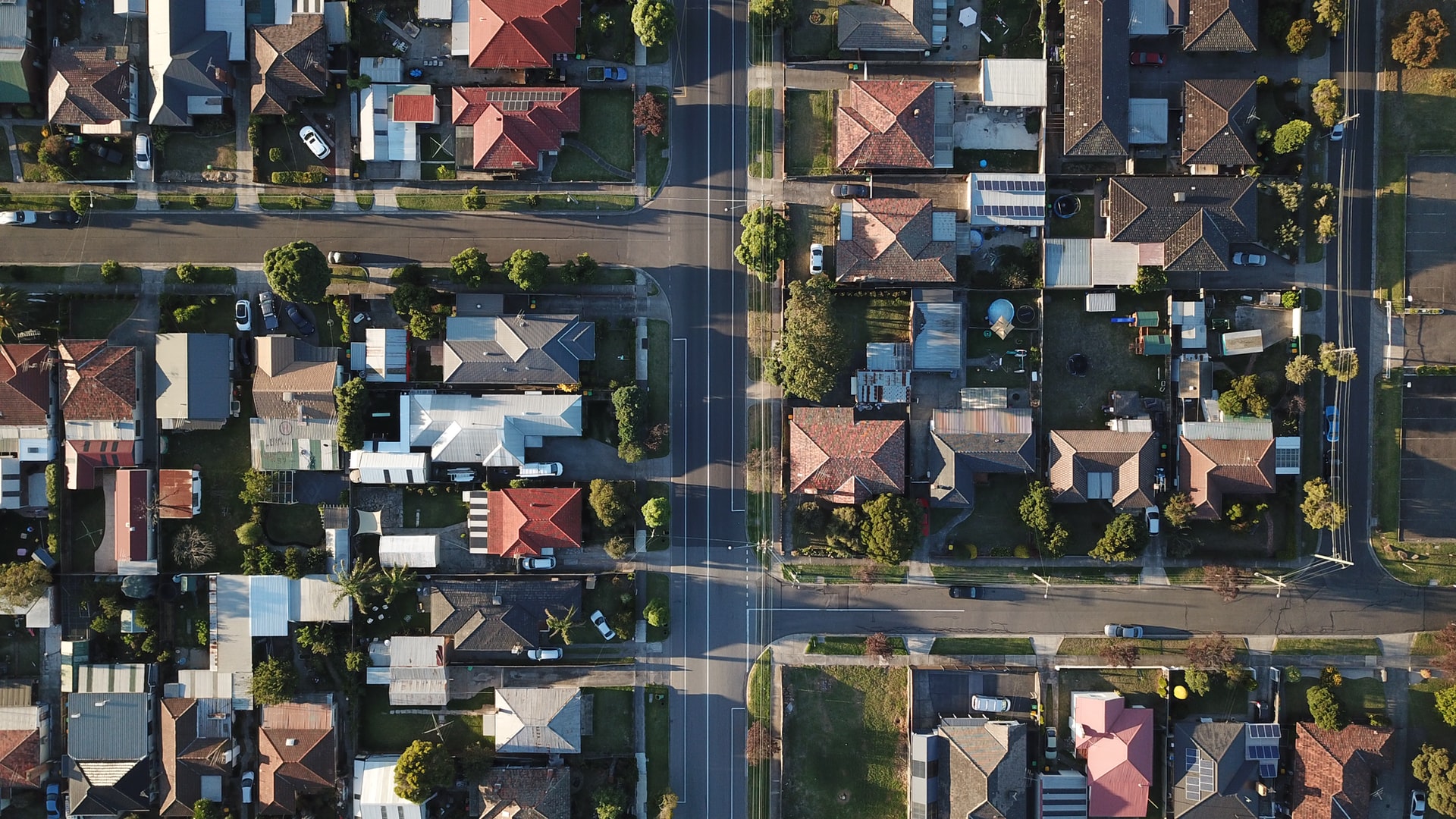
When you invest in rental properties, finding quality tenants can make the difference between a successful investment and a failure. Vacant properties can be the weak link that causes your money not to grow as fast as it could.
With the right knowledge, you will understand how vacancy rates can affect your investing strategy and learn how to go about finding high-quality tenants that will help your assets grow fast and steadily.
What is a vacancy rate?
Vacancy rate is a crucial metric that real estate investors use to evaluate the performance of a property. It refers to the percentage of unoccupied units in a rental property at a given time. For example, if a building has 100 units and 10 of them are vacant, then the vacancy rate is 10 per cent.
Analysing the vacancy rate
The vacancy rate is a term that most investors use to directly impact their financial outcomes. Vacancy rates are often used to determine the rental yield of rental properties when comparing them with other properties in the same suburb.
Nowadays, the number of vacant properties is on the rise. Vacancies are higher than they were a decade ago. This has caused the real estate market to face its share of challenges in a way that’s becoming endemic across Australia’s capital cities.
A high vacancy rate indicates that the property is not generating as much rental income as it could, which can have a negative impact on an investor’s return on investment. Conversely, a low vacancy rate suggests that the property is in high demand, and the investor is likely to earn a steady stream of rental income.
Vacancy rates can also provide insight into market conditions. For example, if the vacancy rate in a particular area is consistently high, it may indicate an oversupply of rental properties, which could make it difficult for investors to find tenants and generate a positive cash flow.
How do you compute vacancy rates?
To compute the vacancy rate in real estate, you need to first determine the number of vacant units in the property and the total number of units in the property. The formula for calculating the vacancy rate is:
Vacancy Rate = (Number of Vacant Units / Total Number of Units) x 100
For example, if a building has 50 total units and 5 of them are vacant, the vacancy rate would be:
Vacancy Rate = (5 / 50) x 100 = 10%
This means that 10 per cent of the units in the building are currently unoccupied.
It’s important to note that there are different ways to calculate vacancy rates depending on the specific circumstances of the property.
For example, if a property has some units that are not currently rentable due to renovations or repairs, those units should be excluded from the total number of units when calculating the vacancy rate.
Additionally, some property managers or landlords may use different formulas or methods to calculate vacancy rates, so it’s important to understand the specific methodology used when analysing vacancy rates.
Factors affecting vacancy rates
Vacancy rate is an important consideration for real estate investors, as it can provide insight into the financial performance of a property and the broader market conditions in which it operates. A number of factors can affect vacancy rates in a given area, including:
Economic conditions
The overall economic health of a region can have a significant impact on vacancy rates. In a recession, for example, people may be more likely to move back in with family or friends, reducing demand for rental units and increasing vacancy rates.
Population growth
Areas experiencing rapid population growth may experience a higher demand for housing, leading to lower vacancy rates. Conversely, areas experiencing population decline may have a surplus of rental units, leading to higher vacancy rates.
Housing market conditions
The supply and demand dynamics of the housing market can also impact vacancy rates. In a tight rental market with limited supply, vacancy rates are likely to be low. In a market with a surplus of rental units, vacancy rates are likely to be higher.
Seasonal fluctuations
Seasonal fluctuations can also impact vacancy rates. For example, in college towns, vacancy rates may be higher during the summer months when students are away.
Rent control laws
Rent control laws can limit the ability of landlords to increase rent, which may lead to lower vacancy rates as tenants are less likely to move out to find cheaper housing.
Availability of new construction
The availability of new construction can also impact vacancy rates. Areas with a lot of new construction may have higher vacancy rates as new units are added to the market, while areas with limited new construction may have lower vacancy rates.
Housing affordability
The affordability of housing can also play a role in vacancy rates. In areas where rental prices are high relative to income, vacancy rates may be higher as tenants struggle to afford the cost of living.
Conclusion
Vacancy rates and rental conditions in general might change fast, so seize the opportunity while it is still available. If you own one or more investment homes, you should speak with your property manager to obtain a sense of the neighbourhood and learn about your alternatives.
PH +61 427 448 634